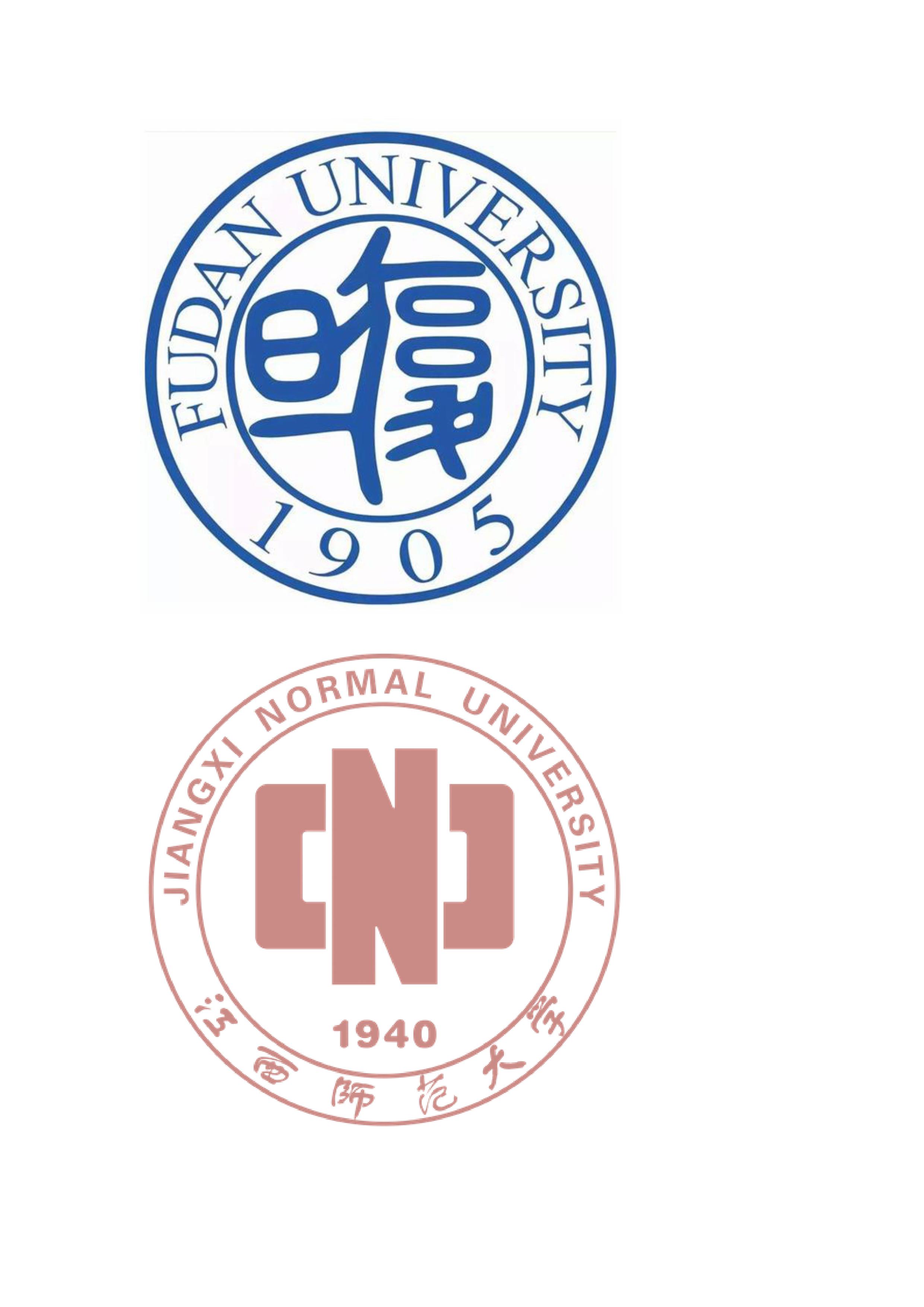Green Synthesis and Catalysis
Green Synthesis and Catalysis
Green Synthesis and Catalysis (GSC) is dedicated to publishing high-impact research discoveries and results from academic and industrial laboratories on sustainable synthetic technologies for molecule...
Green Synthesis and Catalysis (GSC) is dedicated to publishing high-impact research discoveries and results from academic and industrial laboratories on sustainable synthetic technologies for molecule construction and production. The journal features content that is related to homogeneous and heterogeneous catalysis, including organometallics, metal-complex catalysis, organocatalysis, photocatalysis, supramolecular catalysis and biocatalysis, nano-catalysis and synthetic technologies such as synthesis design, reaction techniques, flow chemistry and continuous processing, multiphase catalysis, green reagents and solvents, catalyst immobilization and recycling, biotechnology, and separation science and process development.
GSC publishes letters, articles, perspectives, reviews, viewpoints, and accounts.
How to Cite:
Green Synthesis and Catalysis (GSC): Green Synth. Catal. (How to cite: To make sure that references to this journal are correctly recorded and resolved (for example in CrossRef, PubMed, or ISI Web of Knowledge), please use the following abbreviated title in any citations: "Green Synth. Catal." (punctuation may vary according to the style of the citing journal).

Society affiliation
Green Synthesis and Catalysis (GSC) is dedicated to publishing high-impact research discoveries and results from academic and industrial laboratories on sustainable synthetic technologies for molecule construction and production. The journal features content that is related to homogeneous and heterogeneous catalysis, including organometallics, meta...
Green Synthesis and Catalysis (GSC) is dedicated to publishing high-impact research discoveries and results from academic and industrial laboratories on sustainable synthetic technologies for molecule construction and production. The journal features content that is related to homogeneous and heterogeneous catalysis, including organometallics, metal-complex catalysis, organocatalysis, photocatalysis, supramolecular catalysis and biocatalysis, nano-catalysis and synthetic technologies such as synthesis design, reaction techniques, flow chemistry and continuous processing, multiphase catalysis, green reagents and solvents, catalyst immobilization and recycling, biotechnology, and separation science and process development.
GSC is jointly sponsored by Fudan University and Jiangxi Normal University.
Fudan University, established in 1905, is a multi-disciplinary comprehensive research university in liberal arts, science, and medicine. It has been honourably selected into the 985 Project and University-Based Institutes for Advanced Study (UBIAS), which currently ranks 31st in the QS comprehensive academic ranking in 2022.
Founded in 1926, the Department of Chemistry at Fudan University is one of the four core members of the 2011-Collaborative Innovation Center of Chemistry for Energy Materials (2011-iChEM). It hosts the Shanghai Key Laboratory of Molecular Catalysis and Innovative Materials, Shanghai Key Laboratory of Chemical Biology for Protein Research, Engineering Research Center of Innovative Scientific Instrument of MOE, and Shanghai Engineering Research Center of Industrial Asymmetric Catalysis of Chiral Drugs.
The Department of Chemistry has five secondary disciplines of chemistry including inorganic chemistry, analytical chemistry, organic chemistry, physical chemistry, and chemical biology, focusing on green chemistry and interdisciplinary chemistry with actively high-tech and application-oriented development. More than 100 papers were published in high-level journals such as Science, Nature, and their sub-journals, as well as J. Am. Chem. Soc., Angew. Chem. Int. Ed. and other top chemistry journals. In 2020-2021, the Chemistry major was ranked 25th in QS and ranked 31st in the US News.
The Department of Chemistry has diverse research fields, including 1) comprehensive utilization of novel nanostructured materials for photocatalysis, biomedicine, and water treatment; 2) integrated utilization of atom-economic reactions of unsaturated hydrocarbons such as allenes and alkynes; 3) total synthesis of natural products; 4) discovery and development of non-nucleoside reverse transcriptase inhibitors for HIV therapy.
The Department of Chemistry has also developed a series of core technologies in the fields of chiral drug and chiral technology, nonconventional green process, and a large multi-scale computational modeling platform. In particular, the core technology platform for industrial asymmetric catalysis of chiral drugs has been built and improved, realizing an R&D platform and a pilot-scale platform capable of conducting basic research-technology development-industrial simulation-achievement industrialization in an entire-process, open manner. In the meantime, core asymmetric catalysis technologies are mainly applied to the development of chiral active pharmaceutical ingredients (APIs) for the treatment of major infectious diseases, cardiovascular and cerebrovascular diseases, as well as malignant tumors.
For detailed information please visit https://www.fudan.edu.cn/en
Copyright © 2020 Engineering Center of Catalysis and Synthesis for Chiral molecules, Fudan University. Production and hosting by Elsevier on behalf of KeAi Communications Co. Ltd.
The College of Chemistry and Materials Science was founded in October 1940 and was formerly the Department of Chemical Engineering of the College of Engineering at National Chung Cheng University. It is one of the earliest departments of Jiangxi Normal University. Over the course of more than 80 years of teaching practice, our college has always adhered to the principle of putting students first, taking education as its mission, and centering on teaching and research. We have continuously cultivated senior talents in various fields.
The discipline of chemistry was approved to confer first-level doctoral degrees in 2011 and is one of the earliest chemistry doctoral programs in Jiangxi Province. In 2014, it was approved to establish a postdoctoral research station. Since 2013, its ESI global ranking has consistently been within the top 1%, and it is now 1.96‰ (as of July 2024). Selected for the list of first-class disciplines (peak advantage disciplines) construction in Jiangxi Province during the "14th Five-Year Plan" period. The undergraduate program currently offers three majors: Chemistry, Applied Chemistry, and Materials Chemistry. Both Chemistry and Applied Chemistry have been recognized as national characteristic majors and provincial brand majors. In 2019, the Chemistry major was selected as a national first-class major. In addition, there is a first-level discipline master's degree program in Materials Science and Engineering, as well as a professional master's degree program in Subject Teaching (Chemistry). The college currently has over 150 faculty and staff members, including 1 academician of the Chinese Academy of Engineering, 5 recipients of the National Science Fund for Distinguished Young Scholars and the "Ten Thousand Talents Program", 1 young top-notch talent of the Organization Department of the Central Committee of the Communist Party of China, 1 National Science Fund for Distinguished Young Scholars, 1 Young Changjiang Scholar, and over 30 provincial-level talent titles. A number of outstanding teachers have also been awarded honors such as the National May Day Labor Medal and the National Excellent Teacher.
The college has a large number of high-level teaching and research platforms. There are currently several teaching and research platforms, including the National Engineering Research Center for Monosaccharide Chemical Synthesis, the National Experimental Teaching Demonstration Center for Chemistry, the Key Laboratory of FluoroSilicon Energy Materials and Chemistry of the Ministry of Education, the Jiangxi Provincial Engineering Research Center for Carbohydrate Chemical Synthesis, the Jiangxi Provincial Engineering Research Center for NanoFibers, and the Jiangxi Provincial Key Laboratory of Porous Functional Materials. He/She has won the Second Prize of the National Science and Technology Progress Award. In the past five years, 18 provincial and ministerial-level scientific research achievement awards have been approved, including 5 first prizes. Several demonstration bases for industry-university-research cooperation have been established, achieving remarkable results in serving the local economy. They are successful models and banners of industry-university-research cooperation among universities in Jiangxi Province.
For detailed information please visit http://chem.jxnu.edu.cn/1759/list.htm






